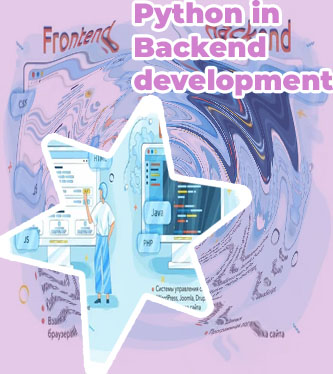Python front end and back end
Company
Since HTML, JavaScript, and CSS have always been the favoured programming language in Frontend development, Python hasn’t exactly gotten its chance in frontend development. Not many developers buy into using python for frontend development. However, this is about to change as soon as developers get a hint of just how useful python can be in frontend development, especially since new frameworks for frontend development on Python have been developed. A framework such as Skulpt, python, and Anvil are about to take developers by storm. Best front end for python Environment: Python, Django, HTML5/CSS, PostgreSQL, MS SQL Server 2013, MySQL, Java, Jupyter Notebook, VIM, Pycharm, Shell Scripting, Angular.
Python frontend and backend

What is framework in Python?
As you get started learning front or back end development, take time to practice creating code from scratch, even if it is readily available in the programs you use. This will supplement your studies by allowing you to better understand how various features and coding work. Why should I learn Python for web development? Start learning a programming language with the help of CBT Nuggets. We offer a variety of training aimed at developers. Whether you need to learn JavaScript or Python, we've got you covered.

